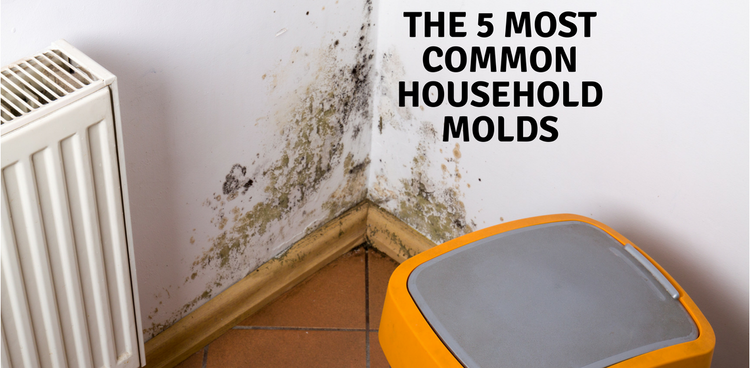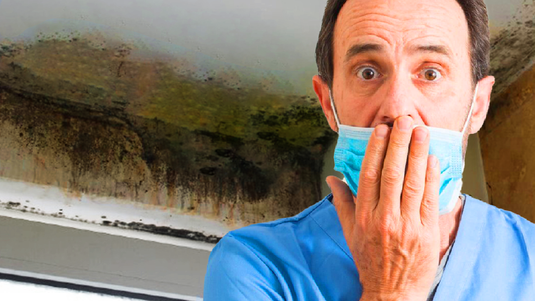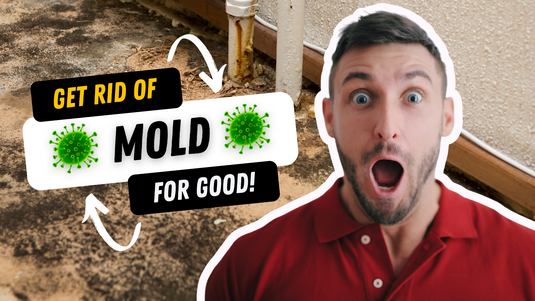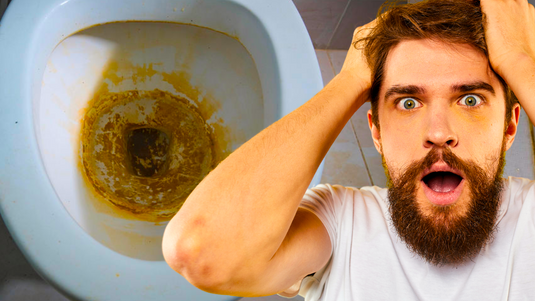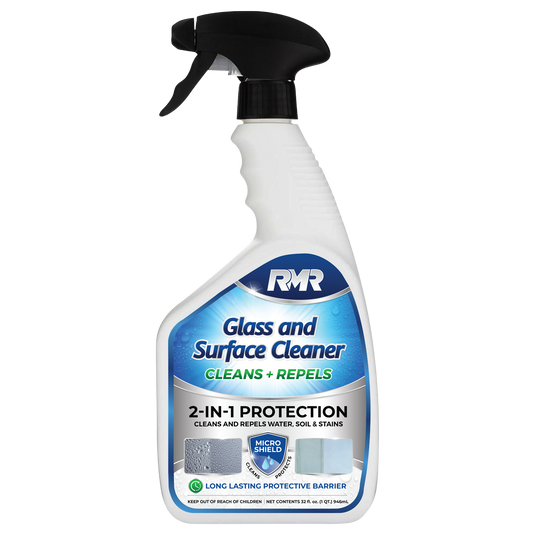Every home has its little problems. Your home may have a squeaky stair, a light that flickers in the laundry room, or a screen door with an over-enthusiastic spring. You have probably grown used to the way the roof sounds when it rains or how you have to reset the breaker every time someone accidentally makes coffee and popcorn at the same time. These things become familiar and make the meaning of 'home' to each of us truly unique. But one 'little quirk' no homeowner should tolerate in their home is mold.
Here is the list:
1) Alternaria
Alternaria is the most common form of allergenic mold in the world. It has some of the largest spores in the mold family, but still small enough to slip through most basic filtration defenses. The spores settle in your nose, mouth, and upper respiratory tract and then mimic allergy and asthma-like symptoms as the spores prevent you from absorbing enough oxygen.
Where Alternaria Found:
The Alternaria mold very prolific and has no problem settling almost anywhere in the house with damp. Some see it more often on fabrics like carpet, textiles, layers of household dust while it is also commonly seen on bathtubs and windowsills where damp tends to collect. Alternaria spreads quickly so it's important to deal with it quickly as well.
2) Aspergillus
Aspergillus is one of the most colorful species of mold available as it has over 185 different species that each present a different shade, though mostly ranging from white to mustard yellow. Aspergillus grows in thick layers and is perhaps the most well-known allergenic mold and tends to cause sneezing, sinus irritation, and headaches for home residents exposed to too many spores. Unfortunately, Aspergillus can also turn toxic depending on the conditions which can lead to asthma attacks, lung infection, and respiratory inflammation. Some Aspergillus spores can become deadly carcinogens as well.
Where It's Found:
Aspergillus likes warm climates, very wet materials, and areas made porous and soft with water damage. When a home sustains extensive damage from leaks through the walls or flooding from weather or pipes, the carpets and walls are both at risk of aspergillus growths between the layers of material. It may also make a home in compost piles.
3) Cladosporium
Just because a mold is outdoors doesn't make it safe. Cladosporium is a prime example of dangerous common molds that are most often found outside in the yard and able to withstand both warm and cold temperatures. It tends to grow on textiles and woods, preferring damp areas and porous materials like wet cloth or carpet. Exposure to Cladosporium spores can cause symptoms of hay fever and asthma.
Where It's Found:
People most often find Cladosporium on the outside of rotting wood shingles, inside damp out-buildings, and it can also slip in through the HVAC airflows to find damp surfaces inside the house. If allowed in your home, it is most likely to settle on the upholstery or carpet depending on which is damp more of the time. It may also cling to your shower curtain which is exposed to much damper than other fabric in the house.
4) Penicillium
From the same line as the medicine-revolutionizing bread mold penicillin, Penicillium is a common household variation of the bread mold that causes allergic reactions in home residents. It loves to eat wallpaper and wallpaper glue and can be easily identified by its brilliant turquoise color compared to other molds. Penicillium has a velvety texture that does not go smooth down the respiratory tract. While it can be processed into an antibiotic, on its own penicillium causes pulmonary inflammation, asthma, and chronic sinusitis.
Where It's Found:
Because penicillium loves wallpaper so much, between damp paper and the wall is where it is most likely to be found. However, it also loves decaying fabric in buildings that have been severely water-damaged. It may be found in carpets as well or in the interior of fiberglass duct insulation where there could be some damp.
5) Stachybotrys
Stachybotrys is both the most dangerous common household mold and the most difficult to guess the pronunciation. For those of you wondering, it's (stack-ee-BOT-
Where It's Found:
Stachybotrys or black mold prefers highly damp or moist areas, particularly those with running water. This puts regions that tend toward higher levels of rainfall and ambient humidity at much higher risk. Stachybotrys highly prefers cellulose (plant fiber) material like cardboard, wood, paper, and wicker. It will grow up walls, on baskets, on boxes in the garage, and on anything that remains lightly damp for weeks at a time.
How to Fight Mold
Step 1: Kill & Clean The Mold
Molds reproduce by means of tiny spores; the spores are invisible to the naked eye and float through the air. Molds begin growing when spores land on moist surfaces and find food. “Food” means any organic substance, such as wood, paper, carpet, food, plastic, vinyl, and insulation. It is important to understand that mold & mildew are living organisms and in order to effectively remove something that grows, you must disrupt its life cycle (including its root structure) by using an EPA registered biocide that gets rid of mold.
Step 2: Mold Stain Removal
After you kill the mold & mildew, the roots leave behind root-remnants and ugly staining that can go deep below the surface. Ordinary cleaners maybe not be able to remove these tough mildew stains so a powerful mold stain lifter is required to do the job. RMR-86 Mold Stain Remover utilizes special deep penetrating surfactants with a Hybrid Ultrapure Sodium Hypochlorite™ which creates a deep-cleaning action that breaks apart stains, dissolving them quickly and easily, while removing the ugly mold/mildew stain color.
Step 3: Mold Prevention Treatment
RMR-141 RTU Mold Killer is an EPA registered (3-in-1) cleaner designed to KILL, CLEAN, and PREVENT the growth of mold & mildew. It quickly removes dirt, grime, mold, mildew, food residue, and other organic matter commonly found in homes, basements, attics, walls, kitchens

